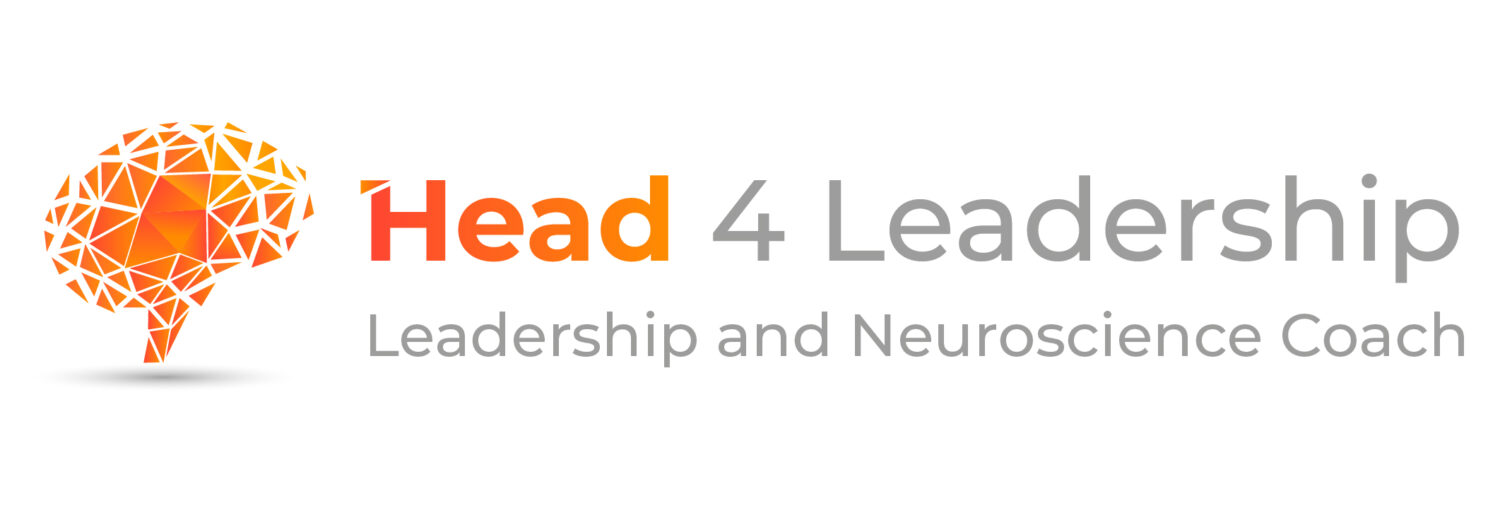Wow! This quote sparked so many thoughts and ideas! My brain lit up with excitement as it began to explore this idea from part of an interview with Grayson Perry in the Telegraph (link included). In this blog you’ll find two models that can be applied to understanding your confidence levels.
The questions that came up.
What does this mean for my work and your work? How am I or you reacting to your times of self-doubt? When has self-doubt pushed me or you to research more, prepare better, to check again? Has self-doubt caused me or you to overthink, withdraw, hold back, not ask the question, not listen, be over confident or be over taken other’s opinions?
Two models
Away I find useful in my client work (and for myself) is to look at moments of doubt through a few lenses. One tool I use is the MTQplus (AQR International). A highly researched psychometric which looks at ‘ingredients’ that impact our mental toughness. These being Control, Commitment, Challenge and Confidence. Rating yourself in these areas creates strong conversations for development. Another lens comes with the use a model from my neuroscience studies – The bottom up, top down, inside out model (Dr Sarah McKay). Both models can be used for more than exploring levels and reasons for levels of confidence.
A model in action
Start with ‘bottom up’ – On any given day our biology impacts how we think and feel physically and mentally. How have you been sleeping, eating, exercising? How well are you? Have any colds or other illnesses been at play? Sometimes our doubt stems from our brains and bodies doing their best on poor fuel. Other times more energy is pushed to mending and healing.

Next, look at ‘top down’ – This is where we investigate and question beliefs and feelings on a particular situation. I had a client, in a senior role who was reluctant to challenge his peer’s points of view. Our session revealed they had a belief that as they had no academic qualification they had less authority to speak up. Challenging this belief by exploring their vast practical and in depth experience AND successes, help to shift this doubt and enhance their self esteem and worth.
Third step, ‘outside in’. Our environment and the personal circumstance impact how we deal with and react to situations. Where are we getting our information? What are the interests of those influencing us? Which life events are you drawing on? Is anything else happening that could be feeding how you feel or think about the ‘situation’? Inquiring into wider context aids you to recognise what is helpful, unhelpful, missing or even out of date.
This is a high level overview of the model. Coaching and application to an individuals and specific situations reveals it’s true impact.
What about high confidence?
The model above (and MTQplus) are good for this too! Exploring beliefs and influences on confidence. Noticing the impact of successes and high confidence on those around you. Staying humble?
Please contact me for more information on this and other ways I support leadership excellence.
Link to the Telegraph article

